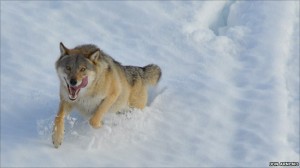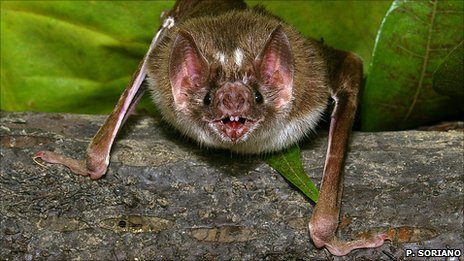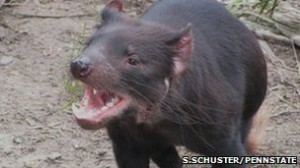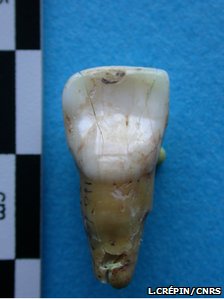Culling does not effectively control the contagious cancer threatening the Tasmanian devil, a new study suggests.
The researchers modelled the effect of removing sick animals on the disease’s prevalence in a small population.
The study, in the Journal of Applied Ecology, seems to confirm findings in wild trials, that selective culling of sick animals is ineffectual at stopping the spread of the disease.
All trial culls of the devils have now been stopped.
Culling has been used to control infectious diseases in a range of species from deer to badgers, wolves to domestic cattle.
Despite proving successful in controlling the diseases of livestock, such as foot and mouth, culling wild animals is controversial because of the lack of evidence that it works.
In fact, cases exists where culling wild animals has made the problem worse.
But, hoping to save the Tasmanian devil, Sarcophilus harrisii, from the facial cancer that has wiped out more than 90% of individuals in some areas, conservation biologists have trialled a cull since 2004.
Costly cull
As part of the trial cull, researchers have trapped and euthanised sick animals two to five times a year from an isolated population in the south-east of Tasmania.
Each year, the project costs more than $200,000 (£122,000). Critics say this money could otherwise be spent on captive breeding programmes.
To assess the impact of the cull, Australian researchers Nick Beeton from University of Tasmania and Hamish McCallum from Griffith University created a computer model in which they simulated the effects of the cull.
“We found the removal rate required to suppress disease was higher than that which would be feasible in the field,” explained Mr Beeton.
In the field, biologists find that 20% of the population is never captured and could be acting as a reservoir for the disease.
Unless all the devils are trapped and inspected, including the “trap-shy” ones, continuous culling is unlikely to be an effective disease control, the researchers write.
Mr Beeton told BBC News: “The disease suppression trial was ended as this paper was being written.”
“Our research demonstrates that we must be flexible and be prepared to change strategy as new information comes to light,” he added.
“It’s much better to do a study like this, than spend a lot of money on a huge culling programme and then find that it hasn’t worked,” said geneticist Elizabeth Murchison from the Welcome Trust Sanger Institute in Hinxton, UK, who studies the devil cancer.
She added that by confirming that culling does not work, conservationists can then focus their efforts on alternative strategies, such as the captive breeding programme and developing a vaccine against the cancer.
The transmissible facial cancer
- Devil Facial Tumour Disease (DFTD) is spread by biting during aggressive encounters
- The living cancer exists as contagious clone cells; highly unusual for a cancer. There is only one other transmissible cancer known, which affects dog genitals
- The devil’s immune system seems unable to detect the cancer
- The disease forms tumours around the mouth interfering with feeding, leading to death
- The cancer originally arose in Schwann cells – cells which wrap themselves around nerve tissue
- First seen in 1996, the cancer has badly hit Tasmanian devil populations
:: Read original here ::







